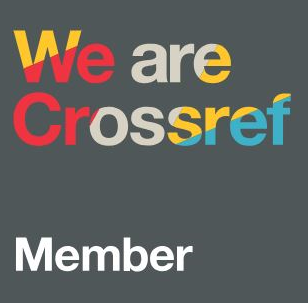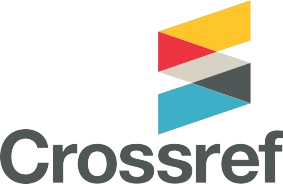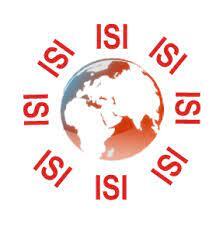SERVICE-BASED APPROACH TO GEOPORTALS’ ARCHITECTURE
DOI:
https://doi.org/10.62103/unilak.eajst.5.5.93Abstract
This paper describes the author’s view on service-based designing of geoportals. The above
mentioned approach consists in the decomposition of the geoportal on amount of integrated the
Web geoservices.
The cloud computing technologies and Web solutions, wich base on such technologies and
implement data access and working with the data in the Web, are widely used in recent years in
geoinformatics. One of such Web-based solutions are geoportals that aggregate access ways to
distributed spatial data and processing tools. In current interpretation the geoportal, as a special
case of Web-GIS, should provide users with spatial data and metadata access and also with the
processing tools that allow to solve a wide range of tasks, from displaying to analysis. In
correspondence with Service Oriented Architecture (SOA) conception the services are the basic
parts that compose the geoportal structure and functionality in general.
The technologies of services for the geodata providing are good standardized by Open Geospatial
Consortium (OGC) and International Organization for Standardization (ISO). The main problem
of its integration into geoportals is the conceptualization problem of any specific geoportal.
However, the technologies of spatial data processing and analysis tools are the least developed and
standardized at this time. The only WPS (Web Processing Service) international standard specifies
how to create spatial data processing Web services.
This paper briefly illuminates the author’s experience in geoportals development and highlights
the possible technologies of hybrid Web geoprocessing services that allow an analytical processing
of spatial data by user’s choice, either server-side or client-side.
The results mentioned in the paper are conducted by author and his colleagues at the Department
of Cartography and Geoinformatics of Saint-Petersburg State University (Russia). This study was
partially supported by Russian Foundation for Basic Research (RFBR), research project No. 13-
05-12079 ofi_m.








